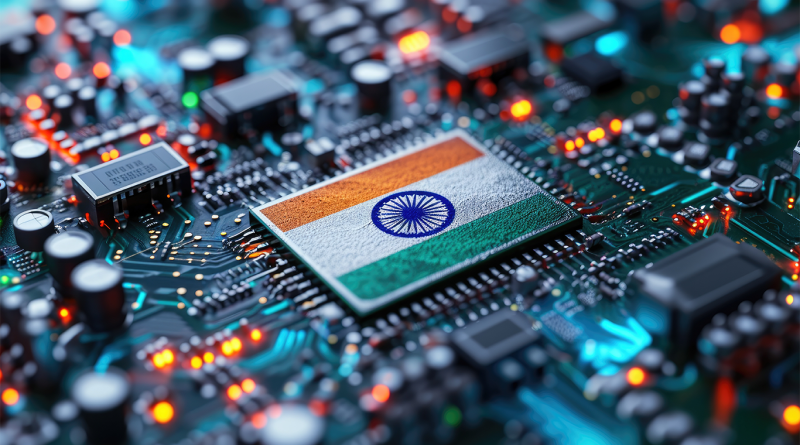India’s Manufacturing Ambition Reality Check
India’s ambition to become a global manufacturing hub has been a significant part of its economic development strategy. The country’s vast workforce, strategic location, and growing infrastructure have positioned it as a potential alternative to other global manufacturing giants. However, recent remarks by Infosys co-founder Narayana Murthy have sparked a debate on the feasibility of these ambitions. Speaking at the ELCIA Tech Summit 2024, Murthy provided a sobering perspective on the challenges India faces in realizing this goal, emphasizing the need for significant improvements in governance and infrastructure.
Murthy’s Caution on India’s Manufacturing Journey
During the summit, Murthy described the notion of India becoming the world’s manufacturing hub as “too audacious.” He pointed out that, while the idea is ambitious, it may not be practical given the current state of India’s infrastructure and governance. He highlighted the stark contrast between India and China, the latter of which has already established itself as the “factory of the world.” Murthy emphasized that around 90% of products found in supermarkets and home depots worldwide are manufactured in China, which boasts a GDP six times that of India.
Murthy also stressed that India lacks the necessary public governance systems to support large-scale manufacturing. He argued that for India to truly compete on a global scale, there must be a drastic improvement in government response time, transparency, and accountability. Without these changes, achieving the level of excellence seen in countries like China would remain a distant goal.
The challenges facing India’s manufacturing sector are multifaceted. One significant issue is the inadequate infrastructure, which hampers efficient production and distribution. Murthy pointed out that, unlike the IT sector, which thrives on exports, the manufacturing sector in India largely depends on domestic consumption. This reliance on the local market limits the sector’s growth potential, especially when compared to the export-driven manufacturing economies of countries like China.
Another critical challenge is the complex relationship between the government and industry. Murthy highlighted that the extensive bureaucracy and lack of efficient public-private partnerships slow down progress. The need for a streamlined, transparent, and accountable governance system is crucial for creating a conducive environment for manufacturing growth. He also noted that improving these aspects would reduce the friction between government processes and industrial operations, thereby fostering a more supportive ecosystem for manufacturers.
Murthy proposed several recommendations to address these challenges and enhance India’s manufacturing capabilities. One of his primary suggestions was to focus on improving public governance. He emphasized the importance of reducing bureaucratic red tape and increasing transparency to create a more efficient and business-friendly environment. This, in turn, would attract more investments and encourage the growth of the manufacturing sector.
Moreover, Murthy highlighted the critical role of education and innovation in driving economic growth. He advocated for substantial investment in education, particularly in Science, Technology, Engineering, and Mathematics (STEM) fields. By investing $1 billion annually in enhancing the National Education Policy (NEP), India could develop a skilled workforce capable of innovating and driving the country’s manufacturing ambitions forward. This investment would help elevate India’s status from merely replicating existing technologies to becoming a leader in creating new processes and products.
Murthy’s vision includes inviting retired experts from developed countries to train Indian teachers, thereby raising the quality of education in the country. This initiative would not only improve the skill set of the Indian workforce but also foster a culture of innovation and excellence necessary for competing on a global scale.
Sources:
